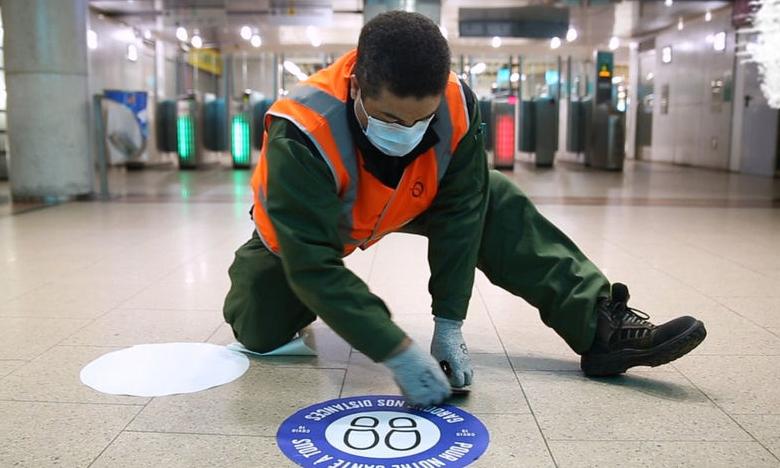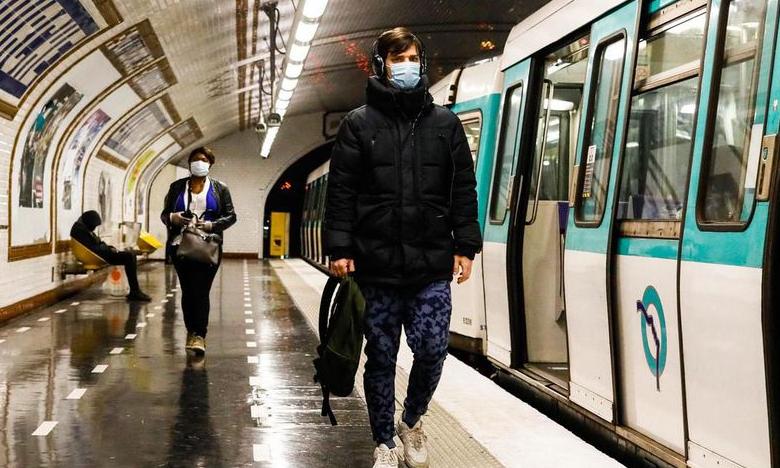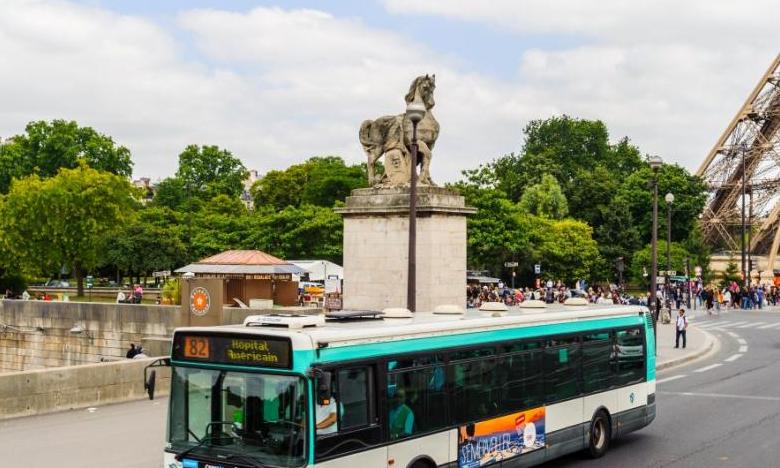Urban and regional transport is gradually returning to normal in France. The public authorities’ strategy, in line with the transport authorities and the transport companies themselves, is both to limit the demand for transport and to increase the supply in order to encourage physical distancing, while respecting barrier gestures for both personnel and passengers.
This includes:
Working from home must continue as long as possible.
For people who absolutely have to use public transport for work, their employers have been asked to stagger as much as possible the arrival and departure times from their workplace, to avoid rush hours on public transportation.
In Île-de-France (Paris Region) access to public transport during rush hours is reserved for people traveling for work, school or personal reasons (i.e. family, health or judicial or administrative summons). Consequently, during these time slots, workers must carry a professional certificate from their employer justifying their journey. Failure to adhere to this rule carries a 135€ fine.
Passengers’ access to certain stations or stops can be filtered in order to regulate flows and some stations may even be closed in case of overcrowding.
The wearing of masks is mandatory for users aged 11 and over in public transportation, inter-regional transport (trains), taxis, chauffer driven cars and car-pooling vehicles (in the absence of physical protection separating the driver from the passenger) and aircraft. It is also mandatory in stations, metro stations, bus, coach or tram stops. Failure to adhere to this rule carries a 135€ fine.
In public transport, every second seat is blocked off and ground markings help users know where to stand to distance themselves from other passengers.
Every vehicle is regularly disinfected (at least once a day).
Hand sanitizer gel is available in stations and trains.
An automatic door opening system is implemented in all buses, as it is already the case in the Metro and Trams.
Passengers are encouraged to buy and top up their transport tickets remotely using the RATP (Paris & Paris Region transit) app.
Announcements are broadcast in stations, train stations and trains to remind people of barrier gestures.
At the same time, the urban transport service is being increased as much as possible, gradually leading to normal service.
As the deconfinement phases progress, the trains frequency will increase. By mid-June, SNCF (French National Railroad) will be offering 80% of its usual transport plan, and by the end of June it will reach the regular transport plan, to enable as many French people as possible to go on holidays this summer. All TGV INOUI, OUIGO and Intercités trains running this summer are open for booking. All seats available on these reservation only trains are for sale, but the SNCF will ensure that as few passengers as possible who are not traveling together are seated next to each other.
What alternatives to public transport?
Bicycle - The practice of cycling is made easier thanks to the development of temporary bicycle paths and the mobilization of a 60 million euro plan to support bicycles repair and refurbishment, temporary bicycle parking spaces, and free training courses to learn how to ride safely with an experienced instructor.
Personal vehicles (car, scooter, kick scooter…) - The Government recommends that companies clean and disinfect each part of the vehicle and docking station that comes into contact with hands, at each battery recharging or maintenance, either at the docking station or at the workshop. It is also recommended that users wash their hands and clean their personal belongings touched during their journey (e.g. mobile phone) before and after touching bollards.
Carpooling - Carpooling is allowed, however its implementation must be adapted to the context: no passenger is allowed to sit next to the driver and only one passenger is allowed in the vehicle (except for passengers living in the same household, or for disabled people and their companions). It is also recommended that vehicles be regularly aired and disinfected before each trip.
Taxis and chauffeur-driven vehicles - As for carpooling, no passengers are allowed to sit next to the driver and only one person is allowed to sit in the back (except if they live in the same household or for disabled people and their companions and if a partition separates the driver from the passengers). If the vehicle has several rows of seats behind the driver, they may be occupied alternately by one or two passengers. The vehicle should also be ventilated as frequently as possible. In other words, keep windows open as much as possible.




